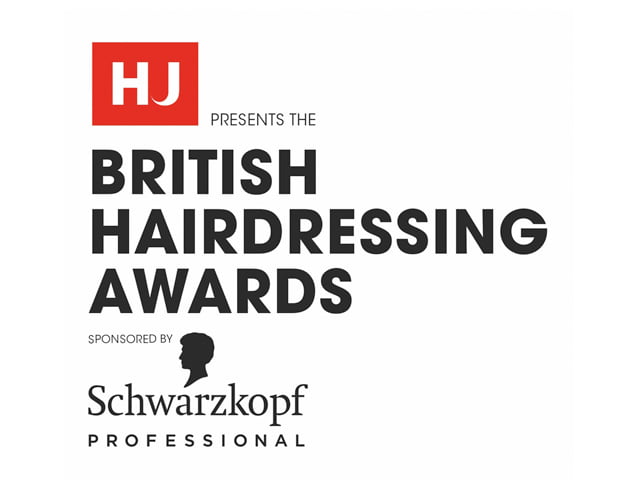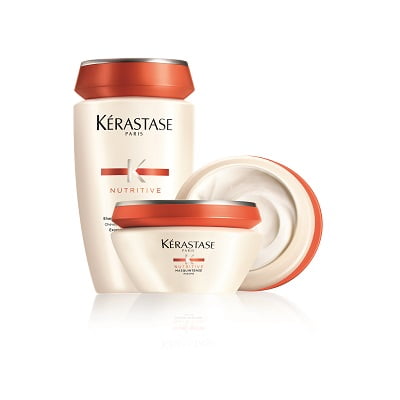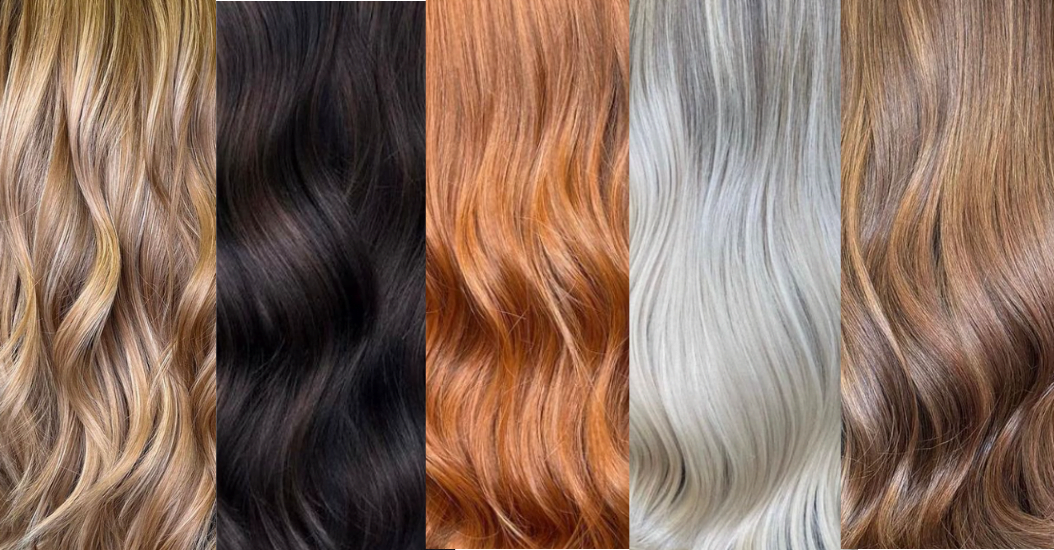
What is Hair Damage & How to Repair it?
Have you ever looked in the mirror and noticed your hair looking dull, frizzy, or full of split ends? If so, you’re not alone. Hair damage is a common problem that many people face, regardless of their hair type. At RUSH, we understand the frustration and disappointment that comes with damaged hair, and we’re here […]
Back to listingsHave you ever looked in the mirror and noticed your hair looking dull, frizzy, or full of split ends? If so, you’re not alone. Hair damage is a common problem that many people face, regardless of their hair type. At RUSH, we understand the frustration and disappointment that comes with damaged hair, and we’re here to help. As experts in hair care, we’ve seen it all when it comes to hair damage, and we know how to repair it. In this blog post, we’ll dive deep into the world of hair damage, exploring its causes, types, and most importantly, how to fix it. So, whether you’re dealing with dry, brittle strands or simply want to maintain your hair’s health, keep reading to discover our top tips and tricks for repairing and preventing hair damage.
Picture this: Your once-luscious locks are now turning into a frizzy, tangled mess. Sound familiar? If you’ve ever experienced the frustration of hair damage, you know how disheartening it can be. But don’t worry – you’re not doomed to a lifetime of bad hair days. With the right knowledge and tools, you can repair your damaged hair and get back to flaunting your gorgeous, healthy locks.
At RUSH, we’ve been helping clients achieve their dream hair for 30 years. Our team of skilled stylists and colourists have a deep understanding of the science behind hair health, and we’re passionate about sharing our knowledge with our clients. We’ve seen first-hand the transformative power of proper hair care, and we’re committed to helping you achieve your best hair yet. So, whether you’re dealing with damage from heat styling, chemical treatments, or environmental factors, we’ve got you covered. Keep reading to learn our expert tips and tricks for repairing and preventing hair damage.
What is Hair Damage?
Hair damage occurs when the protective outer layer of the hair, known as the cuticle, becomes compromised. The cuticle is made up of overlapping scales that, when healthy, lie flat and create a smooth, shiny surface. However, various factors such as heat styling, chemical treatments, and environmental stressors can cause the cuticle scales to lift and separate, exposing the inner layers of the hair strand. When the cuticle is damaged, the hair becomes more porous, allowing moisture to escape and making it more susceptible to further damage.
It’s important to note that hair damage is cumulative, meaning that it can worsen over time if left unchecked. That’s why it’s crucial to identify the signs of damage early on and take steps to repair and prevent further harm to your hair’s structure.
What Does Damaged Hair Look Like?

Damaged hair can manifest in various ways, depending on the type and severity of the damage. Here are some common signs to look out for:
Dryness and brittleness: Damaged hair often lacks moisture, leading to a dry, brittle texture. If your hair feels rough and straw-like to the touch, it may be a sign of damage. It also becomes more prone to breakage. You may notice short, broken strands sticking up from your head, or find that your hair sheds more than usual when brushing or styling.
Split ends and breakage: One of the most tell-tale signs of hair damage is the presence of split ends. These occur when the hair shaft splits or frays at the ends, creating a forked or feathery appearance. Split ends can make the hair look dry, rough, and unhealthy.
Frizz and tangles: Damaged hair is more porous, meaning it absorbs moisture from the air more readily. This can lead to frizz, especially in humid conditions. Damaged hair is also more prone to tangling and knotting, as the rough, raised cuticles catch on each other.
Lack of shine: Healthy hair has a natural shine and lustre, thanks to a smooth, intact cuticle. When the cuticle is damaged, the hair loses its reflective quality and can appear dull and lifeless.
Difficulty styling: If your hair is suddenly more difficult to style or doesn’t hold a curl or straighten as well as it used to, it may be a sign of damage. Damaged hair is often less responsive to styling tools and products.
If you’re experiencing any of these signs, it’s important to take steps to address the damage and prevent further harm to your hair. With the right care and treatment, it is possible to restore your hair’s health and vitality over time.
What Causes Hair Damage?
Hair damage can be caused by a variety of factors, ranging from daily styling habits to environmental stressors. Understanding the common culprits behind hair damage is the first step in preventing and repairing it. In this section, we’ll explore some of the most frequent causes of hair damage.
Common causes of hair damage include:
Heat styling: Frequent use of heat styling tools such as flat irons, curling wands, and blow dryers can cause significant damage to the hair. The high temperatures can strip the hair of its natural moisture, leading to dryness, brittleness, and breakage.
Chemical treatments: Harsh chemical treatments like bleaching, colouring, perming, and relaxing can weaken the hair’s structure and cause damage. These treatments often involve harsh chemicals that can break down the hair’s proteins and leave it more porous and prone to damage.
Environmental factors: Exposure to sun, wind, and pollution can take a toll on your hair’s health. UV rays can degrade the hair’s protein, while pollution can leave it looking dull and lifeless.
Mechanical stress: Certain hair care practices can cause mechanical stress on the hair, leading to damage. These include:
- Skipping conditioner or not using enough
- Over-brushing, especially when the hair is wet and more vulnerable
- Rough towel drying, which can cause friction and breakage
- Tight hairstyles like ponytails or braids that pull on the hair
- Not getting regular trims to remove split ends
Diet and nutrition: A diet lacking in essential vitamins, minerals, and proteins can contribute to hair damage and poor hair health. The hair needs nutrients like biotin, iron, and protein to maintain its strength and vitality.
By being aware of these common causes of hair damage, you can take steps to minimise their impact and keep your hair looking and feeling its best. In the next section, we’ll explore some effective strategies for repairing and preventing hair damage.
15 Ways to Repair Damaged Hair
Now that we’ve covered the common causes of hair damage, let’s explore some effective ways to repair and restore your hair’s health. While it’s true that you can’t completely undo damage, there are many strategies you can use to improve the look and feel of your hair over time. Here are some of the best ways to repair damaged hair:
Remove split ends
Regularly trimming split ends can prevent further damage and breakage. Aim to get a trim every 6-8 weeks to keep your hair healthy and free of split ends.
Use keratin and argan oil treatments
Keratin treatments can help to strengthen and smooth damaged hair. Argan oil is rich in vitamins and antioxidants that can nourish and repair the hair.
Use lightweight leave-in conditioners daily
Leave-in conditioners can provide extra moisture and protection for damaged hair. Choose a lightweight formula that won’t weigh your hair down and apply to damp hair, focusing on the ends and mid-lengths.
Apply heat protectant spray before heat styling
Heat protectant sprays can help to minimise damage from heat styling tools. Look for a product that contains silicones, which can create a protective barrier around the hair.
Limit heat styling to 1-2 times a week
Try to limit your use of heat styling tools to 1-2 times a week. When you do use heat, keep the temperature on the lower side and don’t hold the tool in one place for too long as excessive heat styling can cause damage over time.
Avoid harsh chemical treatments
Chemical treatments like bleaching, perming, and relaxing can be very damaging to the hair. If you do choose to get a chemical treatment, make sure to go to a reputable salon and follow all aftercare instructions carefully.
Use sulphate-free, alcohol-free shampoos and conditioners
Sulphates and alcohol can be drying and damaging to the hair. Look for gentle, sulphate-free and alcohol-free formulas that won’t strip your hair of its natural oils. Choose products that are specifically designed for damaged or dry hair.
Wear loose hairstyles
Opt or looser, more gentle styles that don’t pull on the hair or if you do wear a tight style, try not to leave it in for too long as they can cause breakage or damage.
Exfoliate scalp weekly
A healthy scalp is essential for healthy hair growth. Use a gentle scalp scrub or exfoliating shampoo once a week to remove build-up and promote circulation.
Eat nutrient-rich foods
A healthy diet can do wonders for your hair’s health. Focus on foods that are rich in vitamins and minerals like biotin, iron, and vitamin C. Some good options include leafy greens, nuts, eggs, and fish.
Drink plenty of water daily
Staying hydrated is key for maintaining healthy hair. You can also get hydration from water-rich foods like fruits and vegetables.
Invest in silk pillowcases
Cotton pillowcases can cause friction and breakage while you sleep. Silk pillowcases are gentler on the hair and can help to reduce damage.
Consider professional treatments
Options like deep conditioning treatments and protein treatments can help to strengthen and repair the hair. Consult with your stylist to determine the best treatment for your specific needs.
Try an apple cider vinegar rinse
Rinsing your hair with a mixture of apple cider vinegar and water can help to balance your hair’s pH, seal the cuticles, and promote shine.
Reduce stress
Stress can cause hair breakage. If this is the case, try to take time to relax and unwind through various forms of meditation.
By incorporating these strategies into your hair care routine, you can help to repair and prevent damage, leaving you with healthier, stronger, and more beautiful hair.
How to Prevent Hair Damage
To maintain healthy, damage-free hair, it’s important to follow some simple preventative measures. Use protective hairstyles like loose braids or buns to minimise friction damage. Avoid tight hair accessories and opt for gentle options like silk scrunchies. When brushing and detangling, be gentle and use a wide-toothed comb or soft brush. Protect your hair from harsh elements like hats, umbrellas, and UV-protectant products. Limit heat styling and always use heat protectant before applying heat. Finally, choose gentle, nourishing hair products that are free from hard chemicals.
By following these tips and maintaining a mindful hair care approach, you can keep your hair healthy and strong.
Book Your Hair Appointment Now
If you’re ready to take the first step towards healthier, more resilient hair, book an appointment at your nearest RUSH salon. Our team of skilled stylists and colourists are dedicated to helping you achieve your hair goals, offering a range of services and treatments designed to nourish, strengthen and protect your hair.
We’d love to hear about your experiences with hair damage – share your tips and struggles in the comments below! Don’t wait – find your nearest hairdressing salon at RUSH today and let us help you unlock the full potential of your beautiful hair.
FAQ's
How can I tell if my hair is damaged?
Signs of damaged hair include split ends, dryness, brittleness, frizziness, lack of shine, and difficulty styling.
What are the main causes of hair damage?
The main causes of hair damage are excessive heat styling, harsh chemical treatments, environmental factors, and improper hair care practices.
How do I repair damaged hair at home?
To repair damaged hair at home, use deep conditioning treatments, hair masks, leave-in conditioners, and avoid heat styling and harsh chemicals.
How often should I trim my hair to repair damage?
Trim your hair every 6-8 weeks to remove split ends and prevent further damage.
Can I repair damaged hair without cutting it?
While trimming is the most effective way to remove damaged ends, you can improve the overall health and appearance of your hair by using nourishing treatments and adopting gentle hair care practices.
What ingredients should I look for in products to repair damaged hair?
Look for products containing keratin, protein, hyaluronic acid, natural oils (such as argan, coconut, and avocado), and vitamins (like biotin and vitamin E) to help repair and strengthen damaged hair.
How long does it take to repair damaged hair?
The time it takes to repair damaged hair varies depending on the severity of the damage, but with consistent care and the right products, you should start to see improvements within a few weeks to a few months.
When should I seek professional help for repairing damaged hair?
If your hair is severely damaged, not responding to at-home treatments, or if you’re unsure about the best course of action, it’s best to seek professional help from a qualified hairstylist.
How can hair oils help in repairing damage?
Hair oils, such as argan, coconut, and jojoba oil, can help to nourish and moisturise damaged hair, reduce frizz, and improve overall hair health by penetrating the hair strand and providing essential nutrients.
How can I protect my hair from sun and chlorine damage?
To protect your hair from sun and chlorine damage, wear a hat or apply UV-protectant products when outdoors, rinse your hair with fresh water before and after swimming, and use a clarifying shampoo and deep conditioner after exposure to chlorine.



